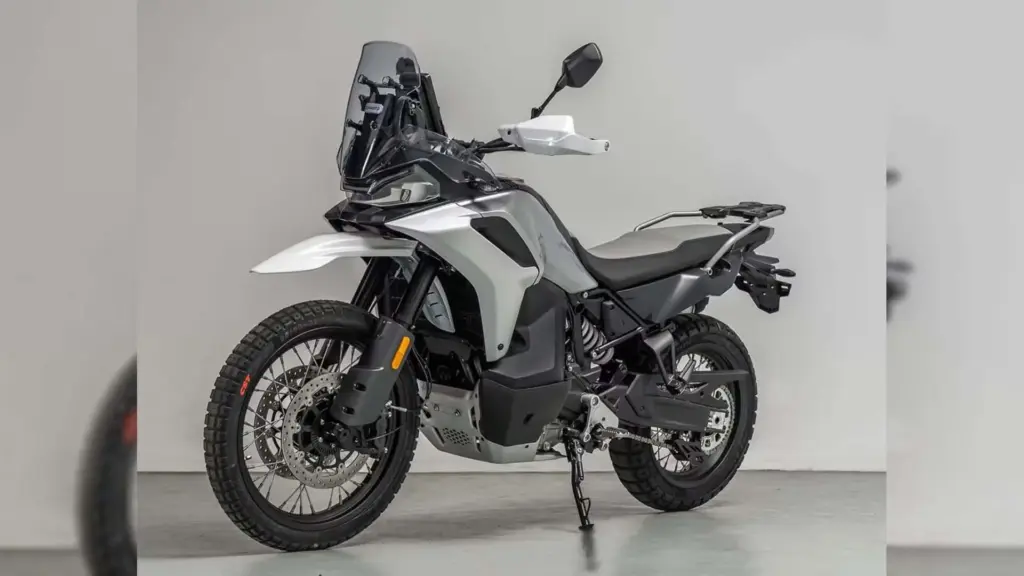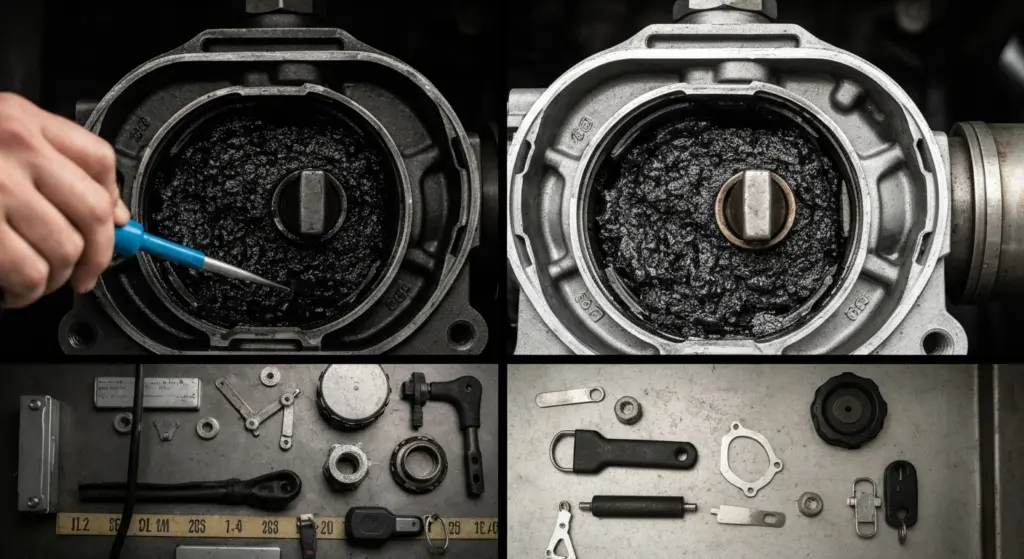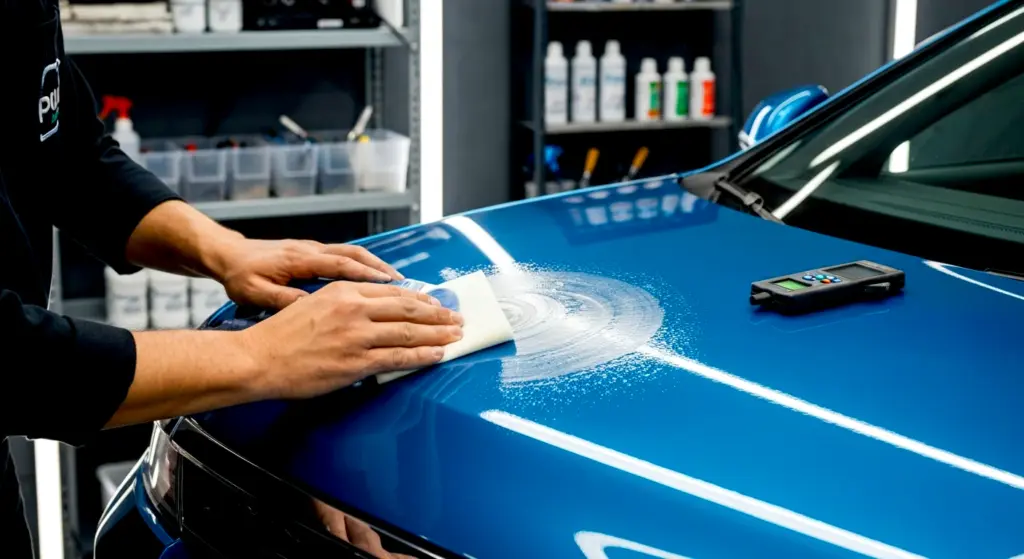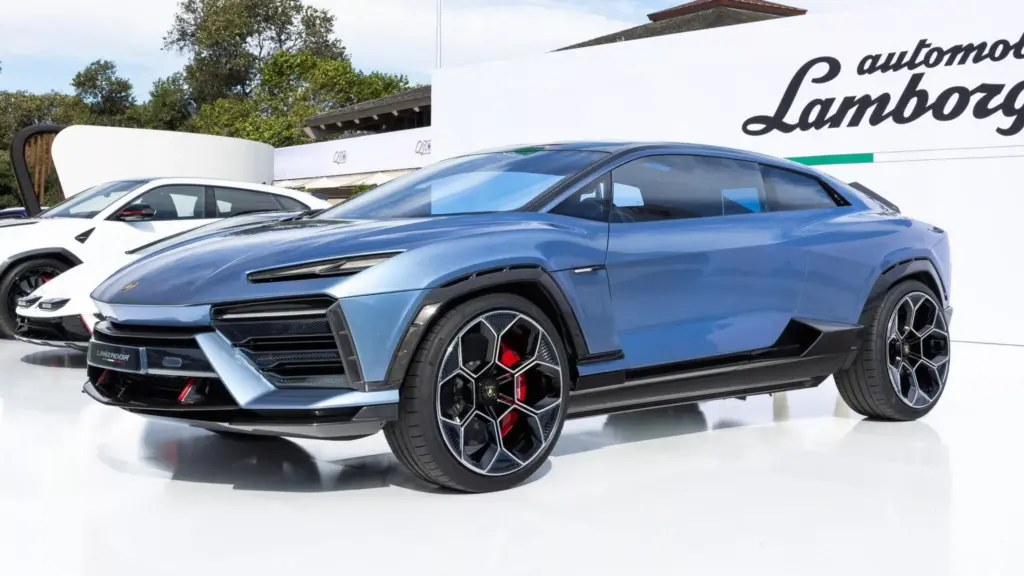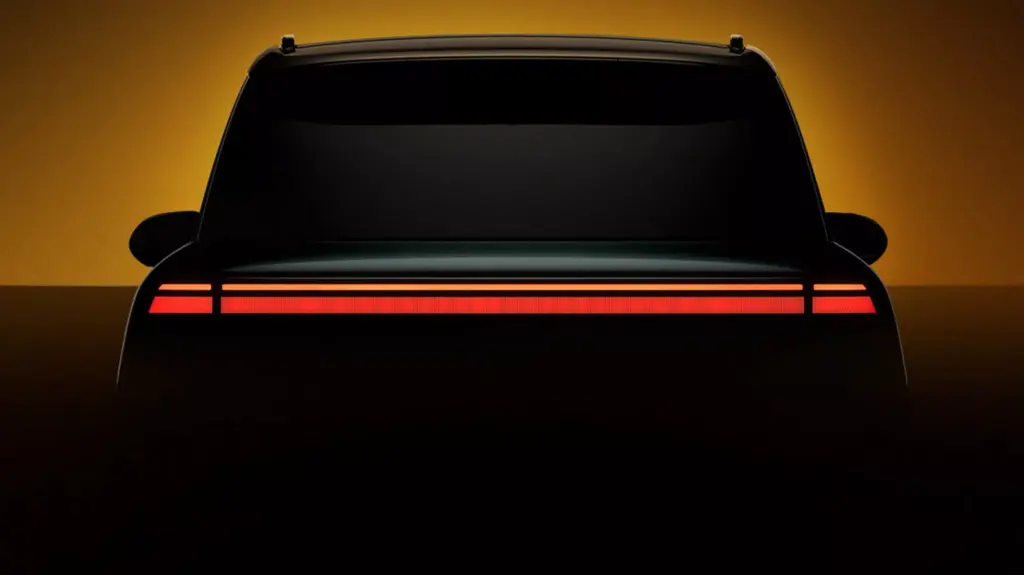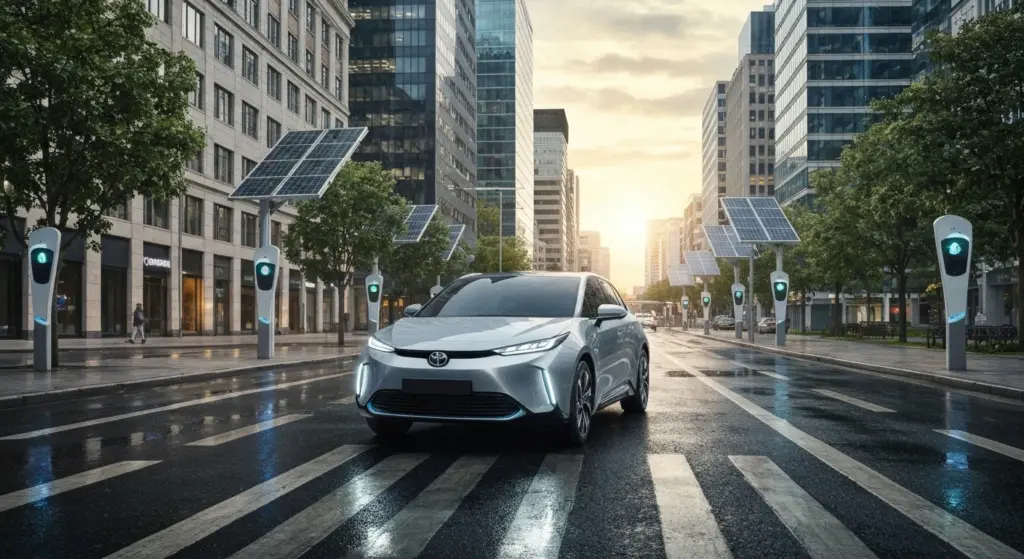The Cadillac Elevated Velocity Concept is a game-changer: a ultra-luxury electric crossover that promises to combine serious off-road capability with hypercar-level performance on pavement. It’s the boldest interpretation of the V‑Series in the electric era — and wow, does it spark conversation.
What defines the Elevated Velocity and why does it matter?

It serves as the SUV counterpoint to the Opulent Velocity, designed to create a halo effect and set the tone for the electric V‑Series. Instead of volume, it sells desire: choreographed lighting, an elevated grand tourer stance, and streamlined aerodynamics aimed at rivals like the “electric Macan” — and it’s worth comparing to this 2025 Porsche Macan.
As a true show car, its mission is to shape perception and push boundaries, not just to be a production-ready model. The brand emphasizes it as a statement piece, with butterfly doors and illuminated wheels serving as visual declarations. You can explore the brand’s vision and official language in the Cadillac Media Hub.
How does the design balance extreme off-road and high-speed performance?
The silhouette features a very short front overhang, a long hood, and an aggressive fastback: GT proportions, SUV capabilities. Clean surfaces and a truncated rear reduce drag; a spoiler and guided airflow suggest high efficiency. It always looks like it’s about to leap, and damn, that works.
At the front, a black trapezoidal panel replaces the grille and guides the signature LED lighting with crystalline LEDs and an illuminated emblem. At the rear, ribbed taillights and a 3D LED “tunnel” create a futuristic depth. For those interested in brand language in premium EVs, it’s interesting to contrast this with the clean treatment of the Mercedes EQB 250+.
What cabin and HMI turn the interior into a sanctuary?
The 2+2 layout prioritizes space for four, with slim seats offering a blend of firm support and total relaxation. The Morello red dominates leather, bouclé, and details in metal and acrylic, creating a stark contrast with the exterior’s “Vapor Blue.” It’s theatrical luxury, unapologetically so.
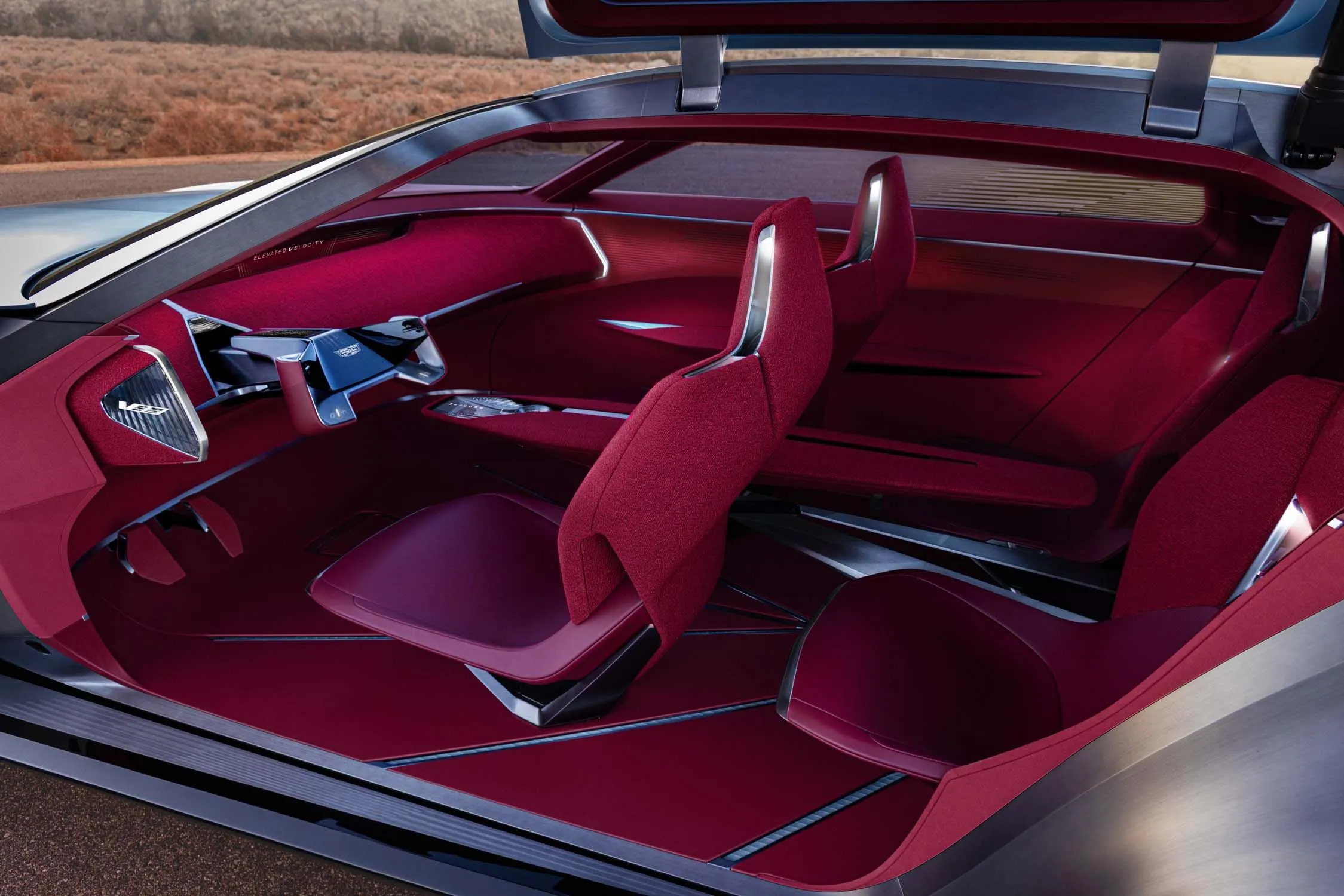
The steering wheel features its own display, the main screen integrates into the base of the windshield, and a physical mode selector streamlines usability. In Level 4 autonomous mode, the steering wheel and pedals retract, the cabin transforms into a lounge with infrared lighting on the seats, breathing-synchronized illumination, and climate control that compensates for altitude. The automation level follows the SAE J3016 standard.
What platform, battery, and power make the magic happen?
The core architecture is Ultium’s “skateboard” platform, equipped with adaptive air suspension to lower for on-road driving and lift for off-road adventures. It’s plausible to combine it with Magnetic Ride Control for real-time terrain analysis and adjustments. For an overview of the ecosystem, check out the Ultium platform.
Realistic projections: 800 V architecture, DC fast charging up to ~350 kW, useful battery capacity around 150–200 kWh, dual motors with high-performance AWD. Power is targeted around 750–850 hp, with 0-60 mph times under 3.5 seconds — the kind of brutal performance that matches the brand’s racing pedigree, which you also feel in the CT5‑V Blackwing.
What modes change the EV’s behavior for daily driving?
Welcome Mode: a greeting sequence, soft white lighting, butterfly doors opening automatically, and animations evoking flowing sand. It’s pure tech theater for show lovers — and yes, addictive.
Velocity Mode: active steering and pedals, cool white ambient lighting, AR HUD displaying critical data, and sub-modes. The e‑Velocity emphasizes maximum performance; Terra Mode raises the suspension and prioritizes off-road traction. This augmented reality interface echoes advancements seen in premium EVs like the Audi A6/S6 e‑tron Sportback.
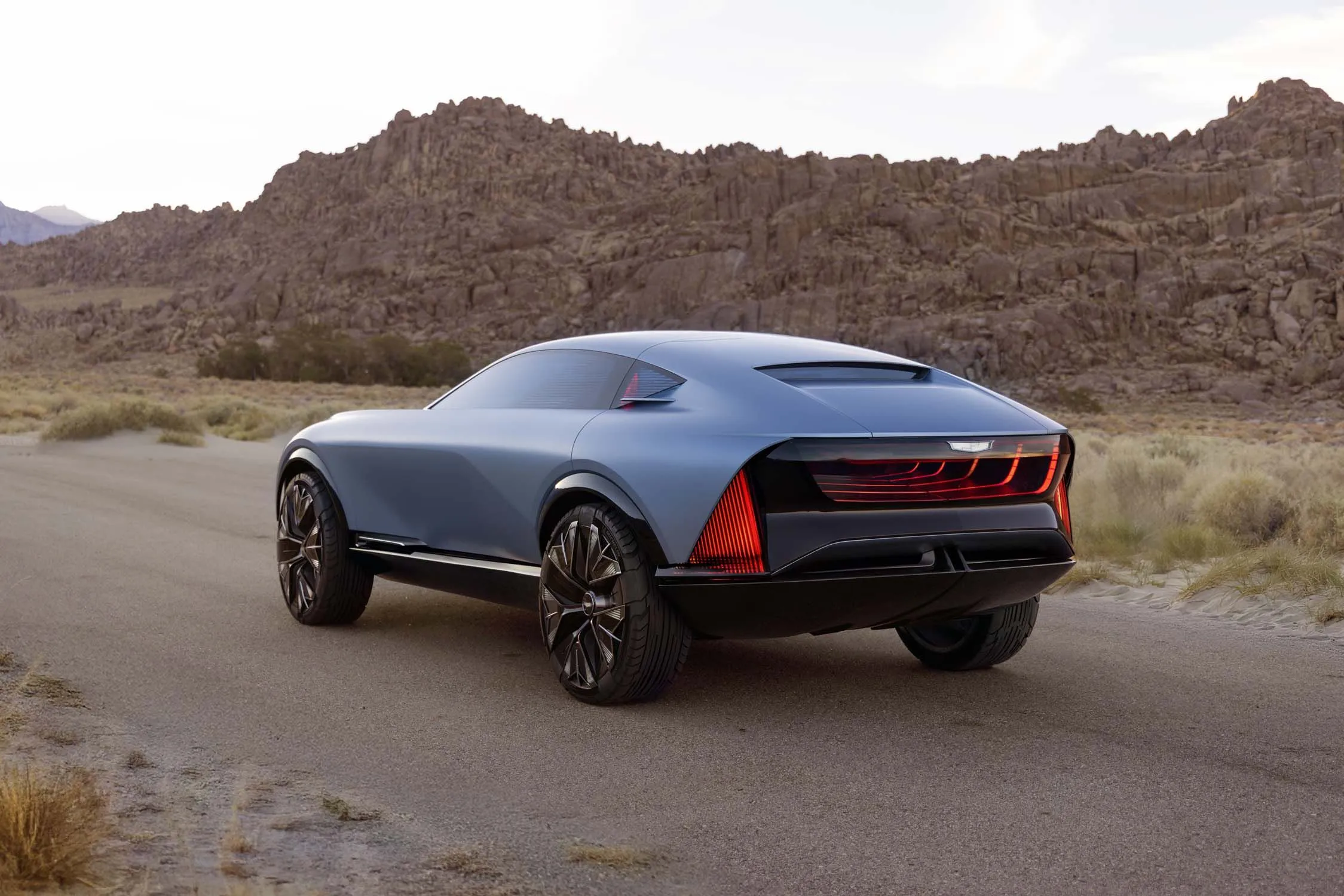
Elevate Mode: Level 4 autonomous driving, a red “spa-like” interior, infrared for muscle recovery, lighting that guides breathing, and air filtration with fragrances. Turning “commute time” into “recovery time” is the smartest move here.
Extreme scenario technologies
- Sand Vision for visibility
- Elements Defy dust and dirt resistance
- Active extreme climate control
- Glass with cool-toned tint
- 24″ wheels with integrated lighting
What will reach production and what will stay as show?
Likely to make it: illuminated signature lighting, fastback proportions, AR HUD, and parts of the wellness package (in a “civilian” version). Illuminated wheels are considered “when, not if,” so hold onto your excitement.
Staying as show: giant butterfly doors, handcrafted-style front end, complete retractable steering wheel/pedals like in the concept. The EV industry is in a narrative arms race with insane numbers — just look at hypercars like the YangWang U9 Track Edition.
Estimated key specs (targets)
- 800 V architecture
- 150–200 kWh useful capacity
- DC fast charging up to ~350 kW
- Target around 750–850 hp
- 0-60 mph in < 3.5 seconds
- Dual-motor AWD

Quick comparison vs. direct competitors
- Macan EV: track-focused
- Activesphere: concept
- EQB: urban practicality
- Wagoneer S: electric luxury
- Escalade IQ: larger size
FAQ — tough questions I’d ask too
- Does it have a price? Not yet. It’s a concept. If it becomes a halo model, expect it to cost more than typical luxury electric SUVs in USD/EUR.
- Range? No official numbers. With 150–200 kWh and 800 V, a competitive segment-range can be projected.
- Will butterfly doors make production? Very unlikely due to cost, complexity, and safety. Just a show feature.
- Is wellness just fluff? Infrared, biofeedback, and adaptive climate systems are based on technical and real-world use after physical effort.
- Serious off-road with 24” wheels? In concept, it’s an provocation. In production, wheels/tires will be optimized for practicality.
My take? The Elevated Velocity affirms that “luxury” in a performance EV isn’t just about lap times — it’s about controlling climate, body, and mind while crossing dunes or slicing through tracks. Some solutions may seem over the top, but that’s exactly the kind of excess that pushes the industry forward. If Cadillac delivers 800 V, ~350 kW fast charging, a serious air suspension calibration, and a convincing e‑Velocity concept, we’ll have an electric SUV that will ruffle a lot of feathers among the big players. And if some of that “spa on wheels” reaches production, even better. What a well-crafted concept.
Liked the Elevated Velocity vision? Drop your thoughts in the comments — what would you take to production, and what would you throw out without a second thought?




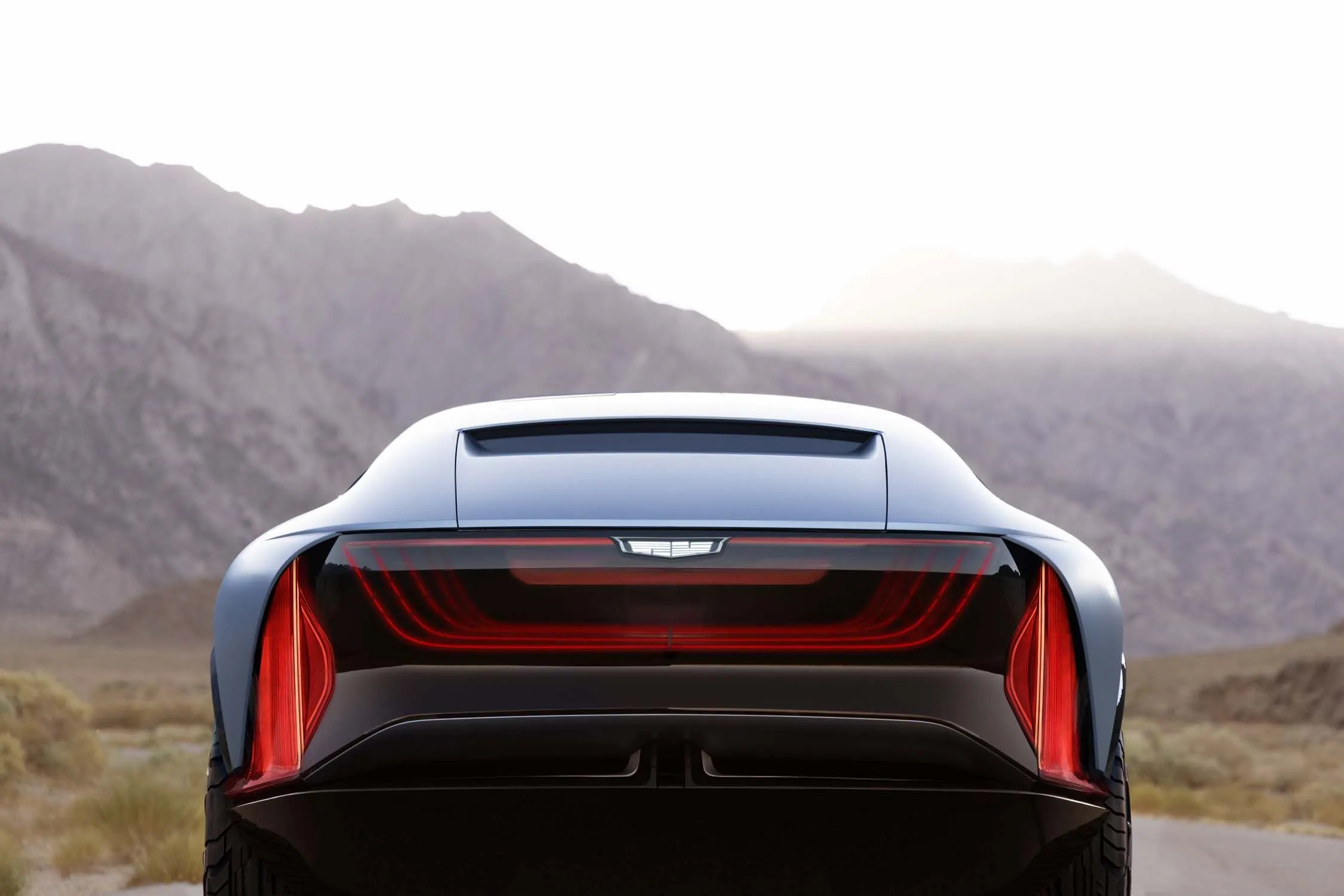
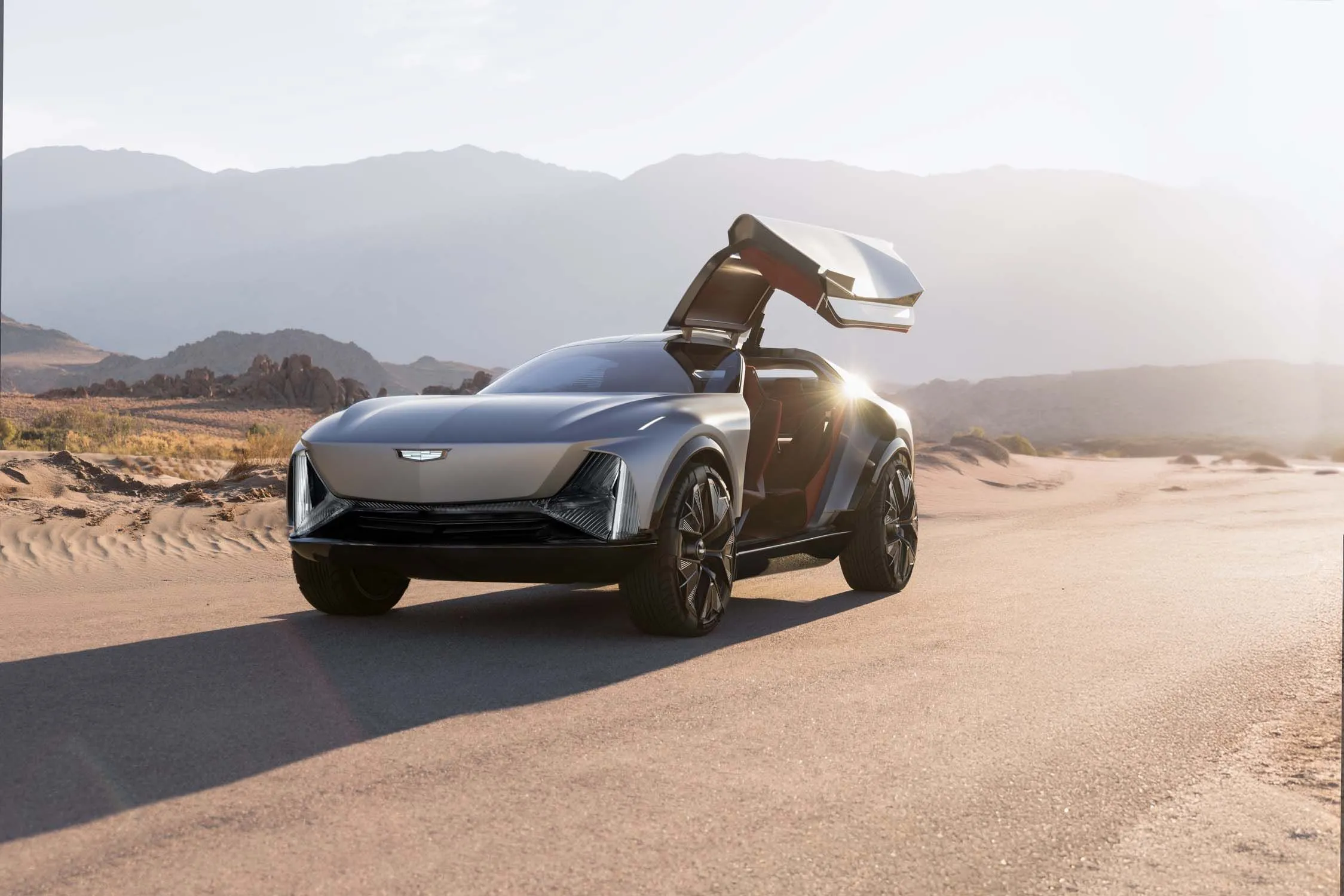

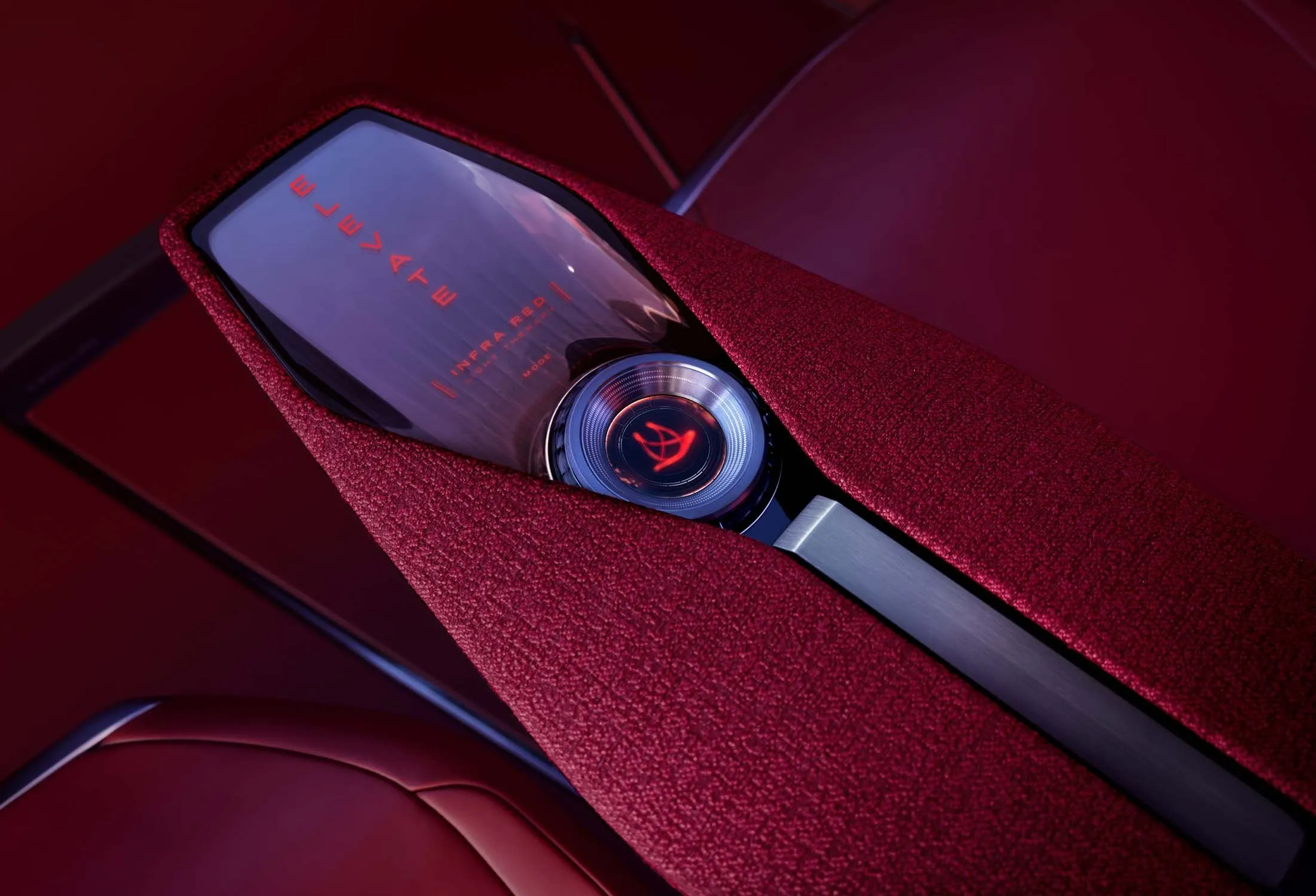


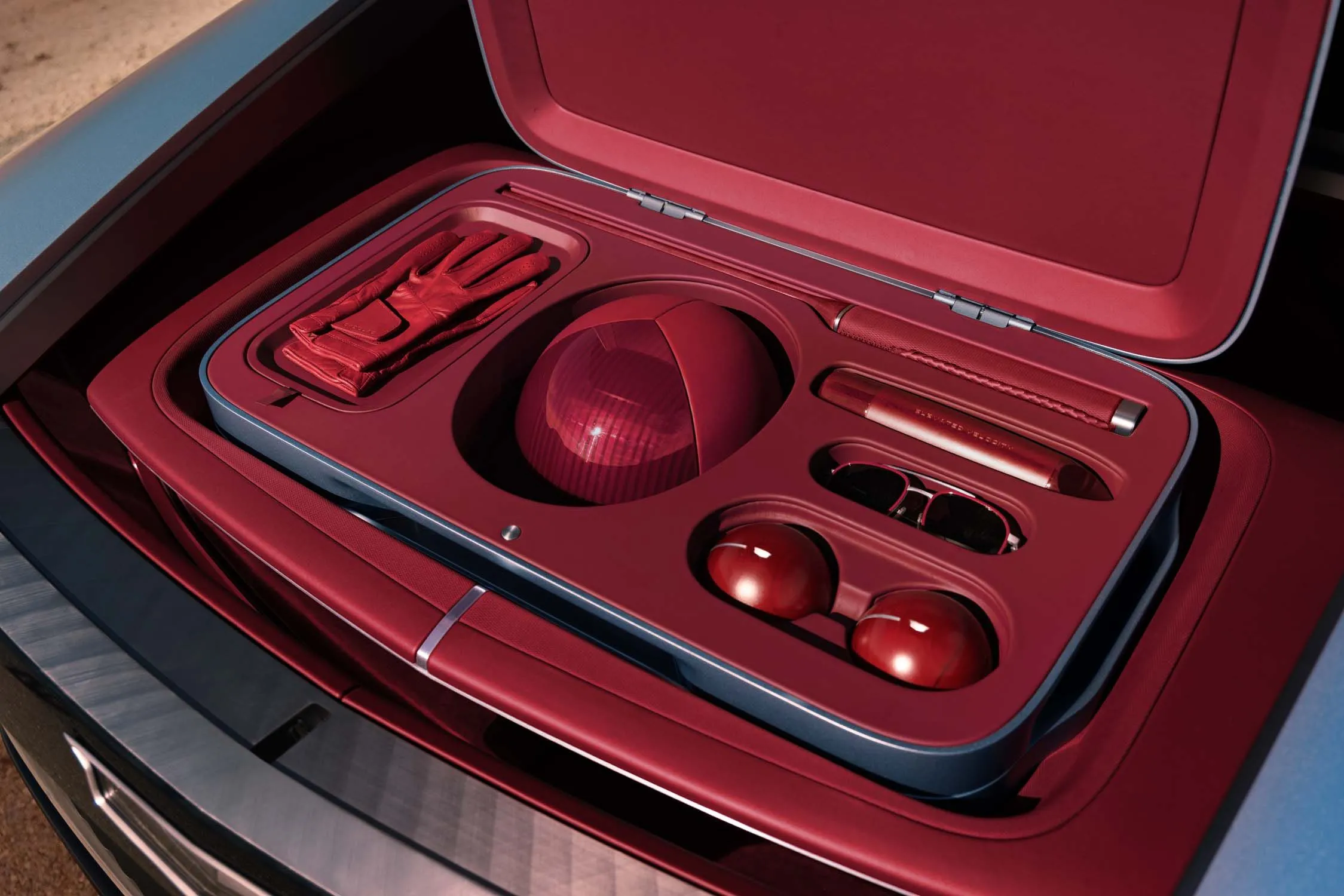
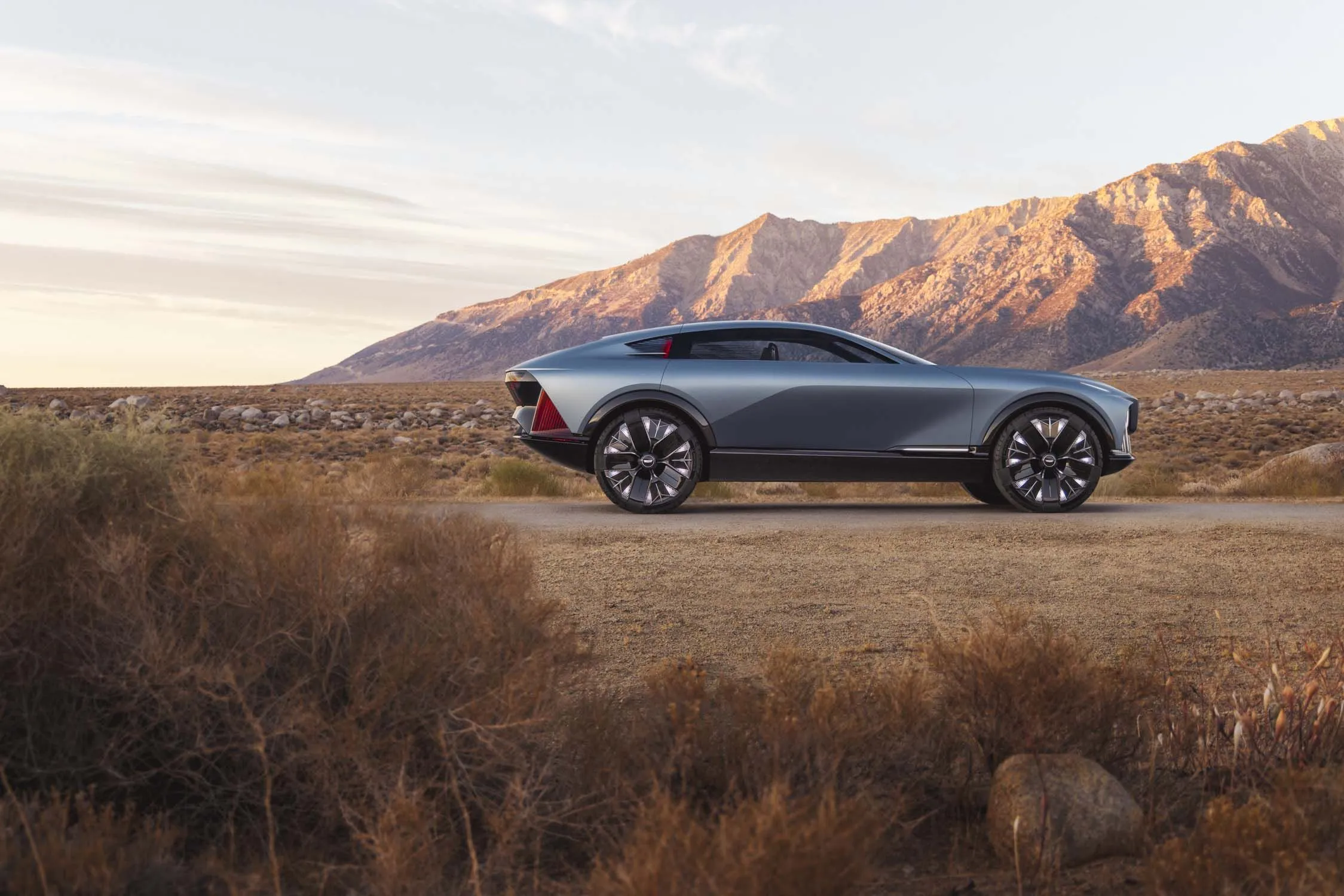
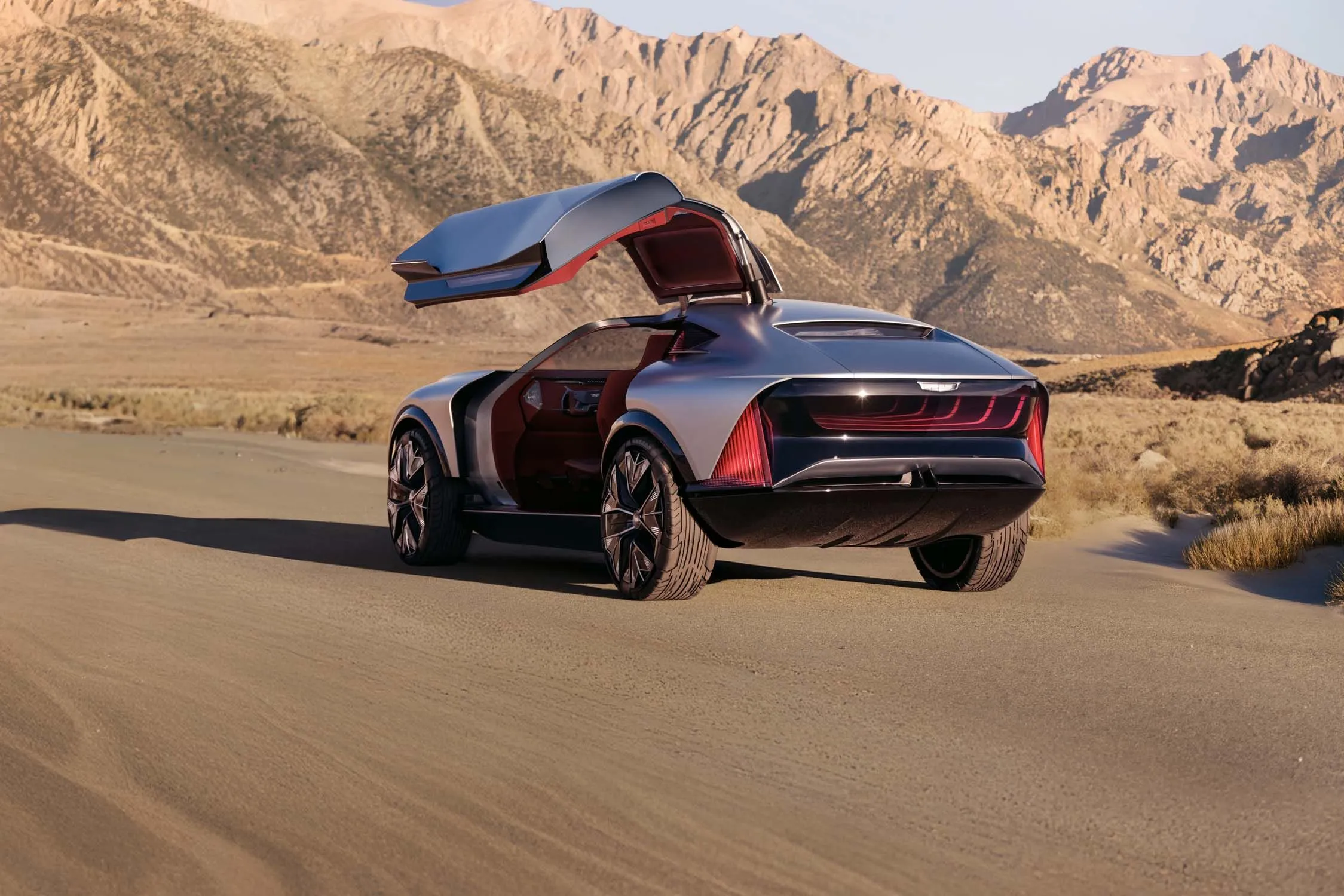
Author: Fabio Isidoro
Founder and editor-in-chief of Canal Carro, he dedicates himself to exploring the automotive universe with depth and passion. A car and technology enthusiast, he produces technical content and in-depth analyses of national and international vehicles, combining quality information with a critical eye for the public.

